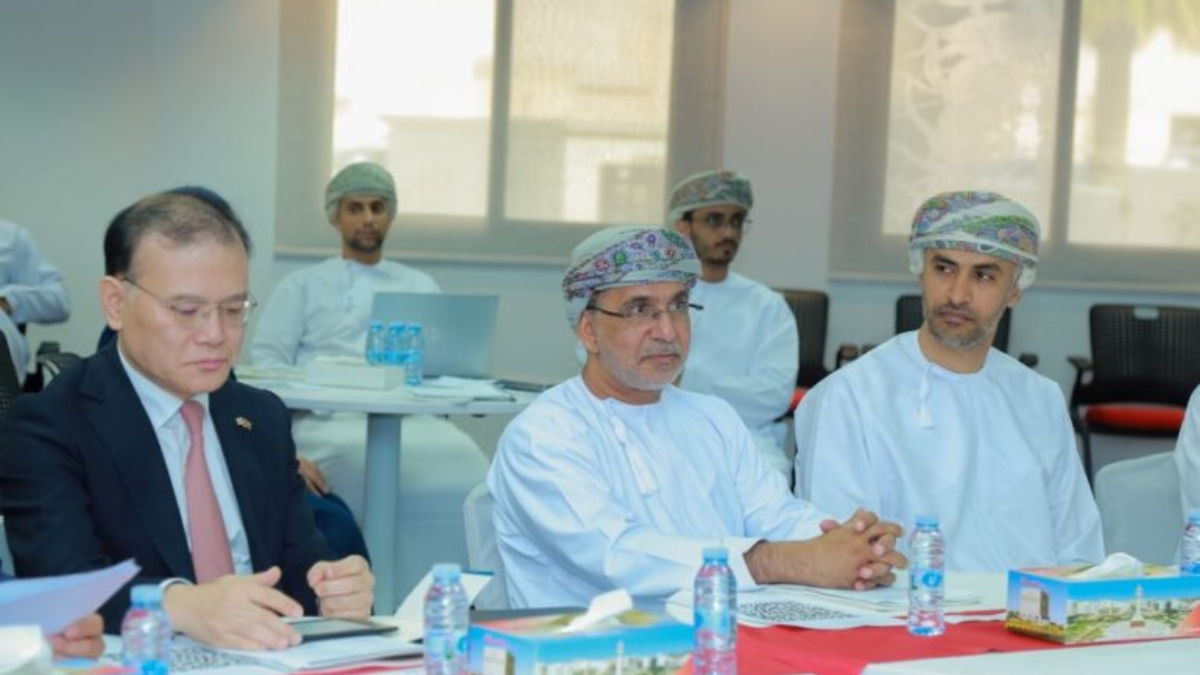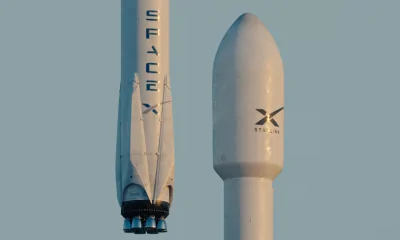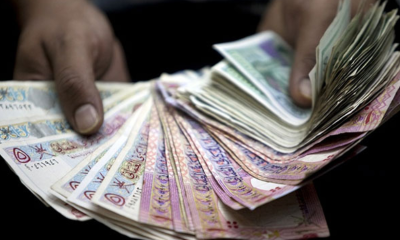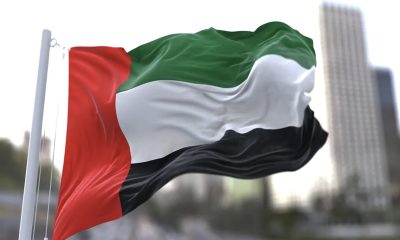Oman is planning to establish an Early Warning System (EWS) to detect and prepare for financial and economic crises. This system will help the government take proactive measures to minimize the negative effects on the country’s financial system. The project will be carried out by Oman’s Tawazun program and the Korea Development Institute (KDI).
During a meeting, a simulation of the forecasting model for the EWS was presented. The model was developed by Dr. Woong Seob Zhin, a former governor of the Financial Supervisory Service of Korea and a senior advisor for the project.
The EWS will analyze risks and economic uncertainties to provide signals indicating the likelihood of a financial crisis within a certain timeframe. This will enable the government to take preemptive actions to reduce the impact on the financial system.
Oman’s Tawazun program is the National Program for Fiscal Balance, established by the Ministry of Finance to address fiscal challenges and uncertainties in oil prices. The country’s Medium Term Fiscal Plan (MTFP) for 2020-2024 aims to achieve fiscal balance in the medium term.
An Early Warning System (EWS) is a process that evaluates and measures risks in order to take preventive steps to minimize the impact on the financial system. It uses indicators to identify countries or economies that are at risk of a financial crisis.
These indicators can include factors such as debt levels, current account deficits, inflation rates, exchange rates, stock market volatility, the health of the banking sector, and confidence in the economy.
ALSO READ: Kuwait Strengthens Collaborative Ties with WHO to Enhance Healthcare Services
While an EWS cannot predict financial crises with certainty, it provides policymakers with early warning signals that can be used to take preventive measures.
But it is also true that it will be helpful for the government to implement strategies to decrease the impact of a financial or economic crisis, by identifying potential risks early on.






















